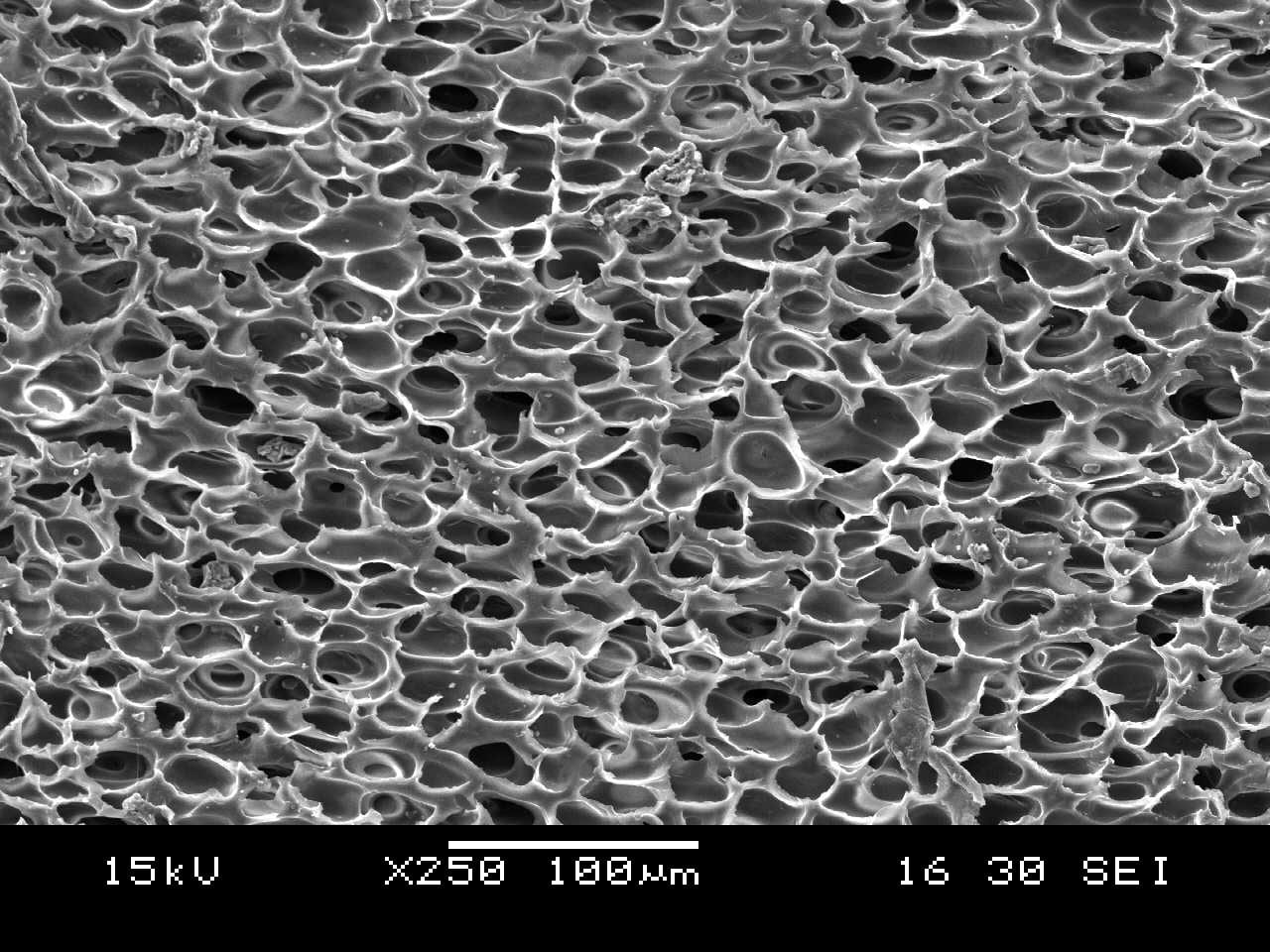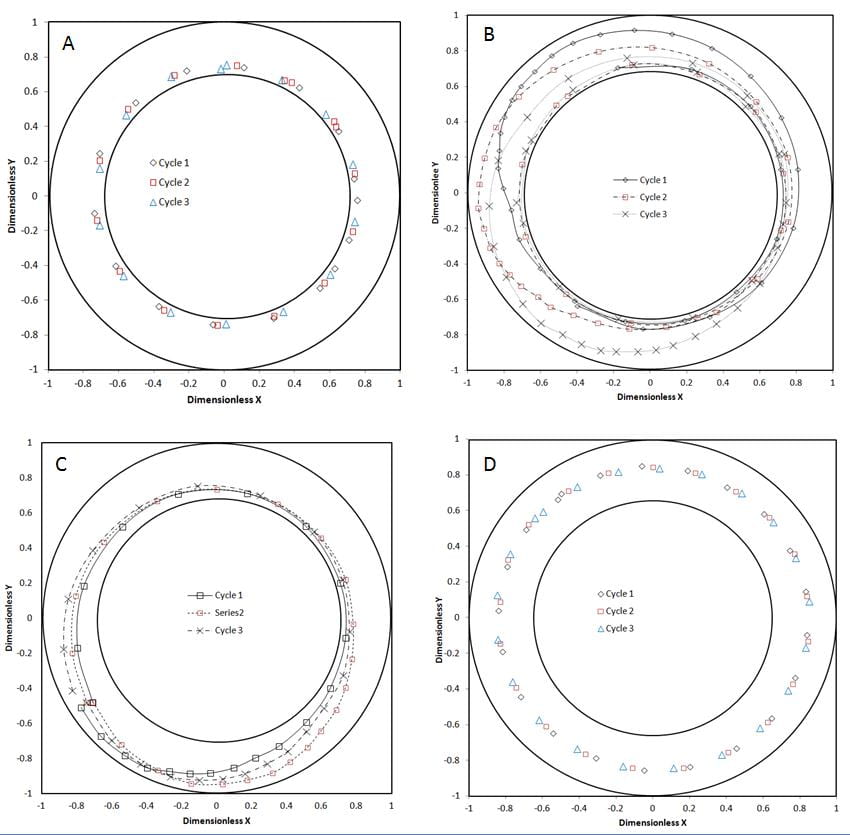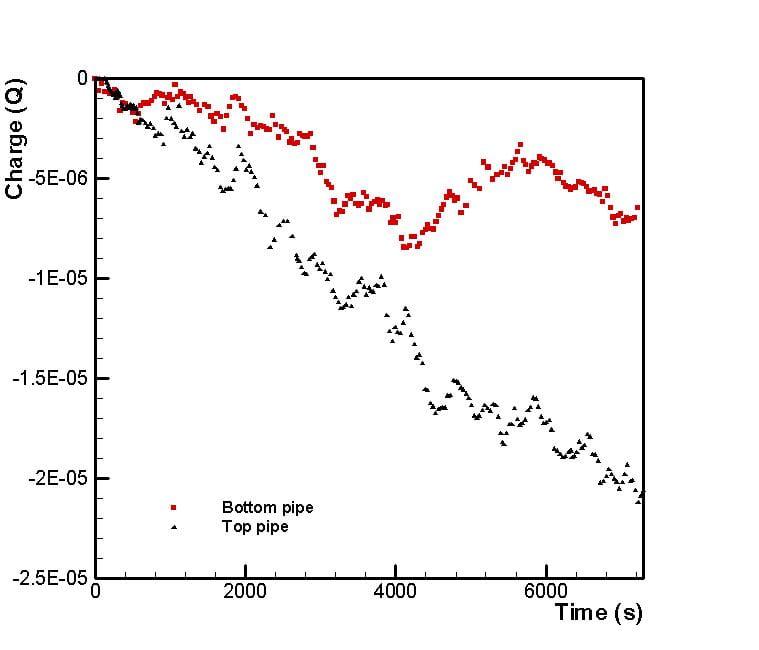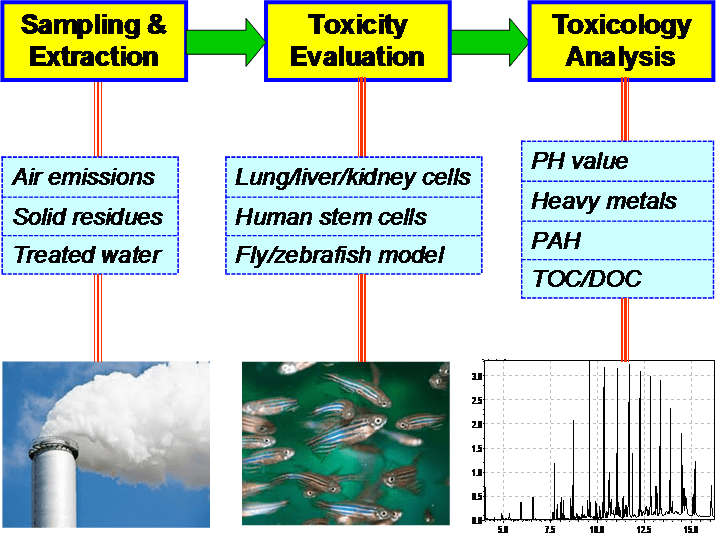PhD Candidate
Personal Website
Personal Particulars:
M. Eng. (Env. Eng.), TsingHua University, P.R. China, 2003.
B. Eng. (Env. Eng.), TsingHua University, P.R. China, 2000.
Research Interests:
Current work focuses on constructing an engineered liver tissue using a three-dimensional microsphere scaffold to reduce the cost of implantation and to solve the shortage of liver donors due to the high incidence of liver diseases and failure. Poly(3-hydroxybutyrate-co-3-hydroxyvalerate), a type of microbial polyester, is chosen as the cell attachment substrate due to its biodegradability, biocompatibility and non-toxicity. Bio-conjugation of extracellular matrix (ECM) proteins to the microsphere surface can further improve its biocompatibility, and the encapsulation of bioactive factors into the microsphere will make it possible to engineer a complete functional liver.
Publication:
X.H. Zhu, D.Y. Arifin, B.H. Khoo, J. Hua, C.H. Wang, “Study of Cell Seeding on Porous Poly(D,L-lactic-co-glycolic acid) Sponge and Growth in a Couette-Taylor Bioreactor, Chem. Eng. Sci., 65 2108-2117 (2010).
X.H. Zhu, X.H. Zhu, C.H. Wang, Y.W. Tong, “In vitro characterization of hepatocyte growth factor release from PHBV/PLGA microsphere scaffold”, J. Biomed. Mat. Res. Part A, 89A, 411-423 (2009).
X.H. Zhu, X.H. Zhu, L. Y. Lee, J.S. Hong, Y.W. Tong, C.H. Wang, , “Characterization of Porous Poly(D,L-lactic-co-glycolic) Acid Sponges Fabricated by Supercritical CO2 Gas- foaming Method as a Scaffold for Three-dimensional Growth of Hep3B cells”, Biotechnology and Bioengineering, 100, 998-1009 (2008).
X.H. Zhu, X.H. Zhu, Y. Tabata, C.H. Wang, Y.W. Tong , “Delivery of basic fibroblast growth factor from gelatin microsphere scaffold for the growth of human umbilical vein endothelial cells”, Tissue Engineering, 14(12) 1-9 (2008).
X.H. Zhu, C.H. Wang, Y.W. Tong, “Growing Tissue-Like Constructs with Hep3B/Hepg2 Liver Cells on PHBV Microspheres of Different Sizes” Journal of Biomedical Materials Research: Part B: Applied Biomaterials, 82B, 7-16 (2007).
X.H. Zhu,, C.H. Wang, Y.W. Tong, “Proteins Combination on PHBV Microsphere Scaffold to Regulate Hep3B Cells Activity and Functionality: A Model of Liver Tissue Engineering System” Journal of Biomedical Materials Research: Part A, 83A, 606-616 (2007).
Y.Q. Lu, J.M. Hao, X. H. Zhu. ‘Control techniques for gaseous pollution’, in Point sources of pollution: local effects and it’s control, edited by Qian Yi and Sklespc. (2003)
X. H. Zhu, Y.Q. Lu, T.L. Zhu, Z.P. Zhou. Photocatalytic oxidation of TCE and TCM with thin films of TiO2. Techniques and equipment for environmental pollution control, 2003 (4):26-30 (Chinese).
Conference:
S.T. Khew, X.H. Zhu, Y.W. Tong. Collagen-mimetic peptide (CMP) for integrin-specific cellular recognition and tissue engineering. AIChE 2006 annual meeting, San Francisco, USA, Nov. 12-16, 2006
X.H. Zhu, C-H. Wang, Y.W. Tong. Combination of proteins on PHBV microsphere scaffold to regulate Hep3B cells activity and functionality for an in vitro model of liver tissue engineering. AIChE 2006 annual meeting, San Francisco, USA, Nov. 12-16, 2006
X.H. Zhu, C-H. Wang, Y.W. Tong. Growing tissue-like constructs with Hep3B/HepG2 liver cells on PHBV microsphere scaffold. AIChE 2006 annual meeting, San Francisco, USA, Nov. 12-16, 2006
X.H. Zhu, C-H Wang, Y. W. Tong. PHBV microspheres as scaffold for liver tissue engineering. ICMAT, Suntec City, Singapore, July 3-8, 2005.
Others:
S.T. Khew, X.H. Zhu, Y.W. Tong. Engineering of integrin-specific bioadhesive surfaces to promote cell adhesion and spreading using self-assembled collagen-mimetic peptides (CMPs). OLS-NUSNNI Workshop on Nanobiotechnology and Nnomedicine, NUS, Singapore, Sept. 1, 2006.
X. H. Zhu, S.K. Gan, C-H Wang, Y. W. Tong. Biomimetic surface modification of PHBV microsphere scaffold with extracellular matrix proteins to regulate Hep3B cells proliferation and function. 2nd Graduate Student Symposium, NUS, Singapore, October 6, 2005.









